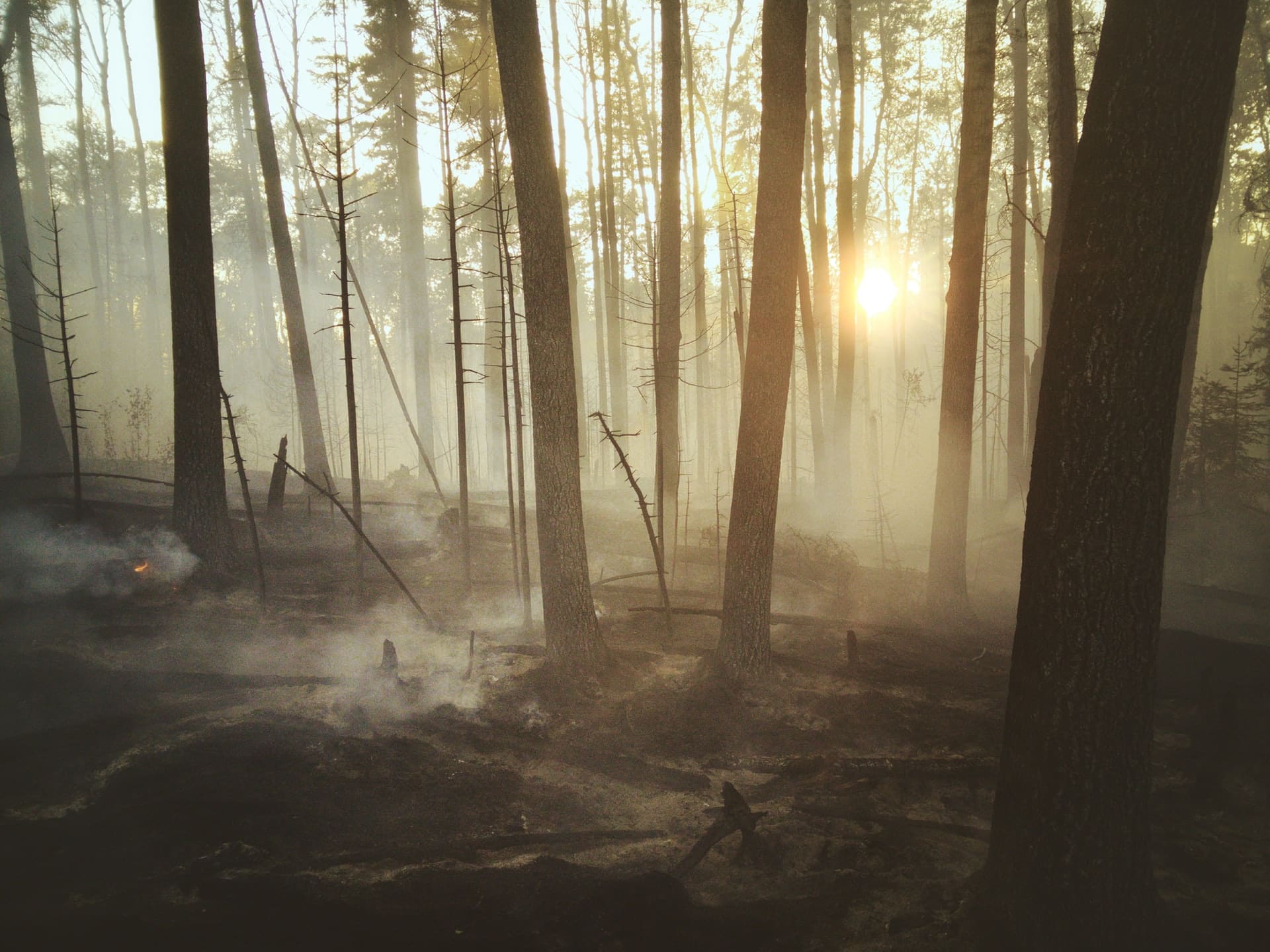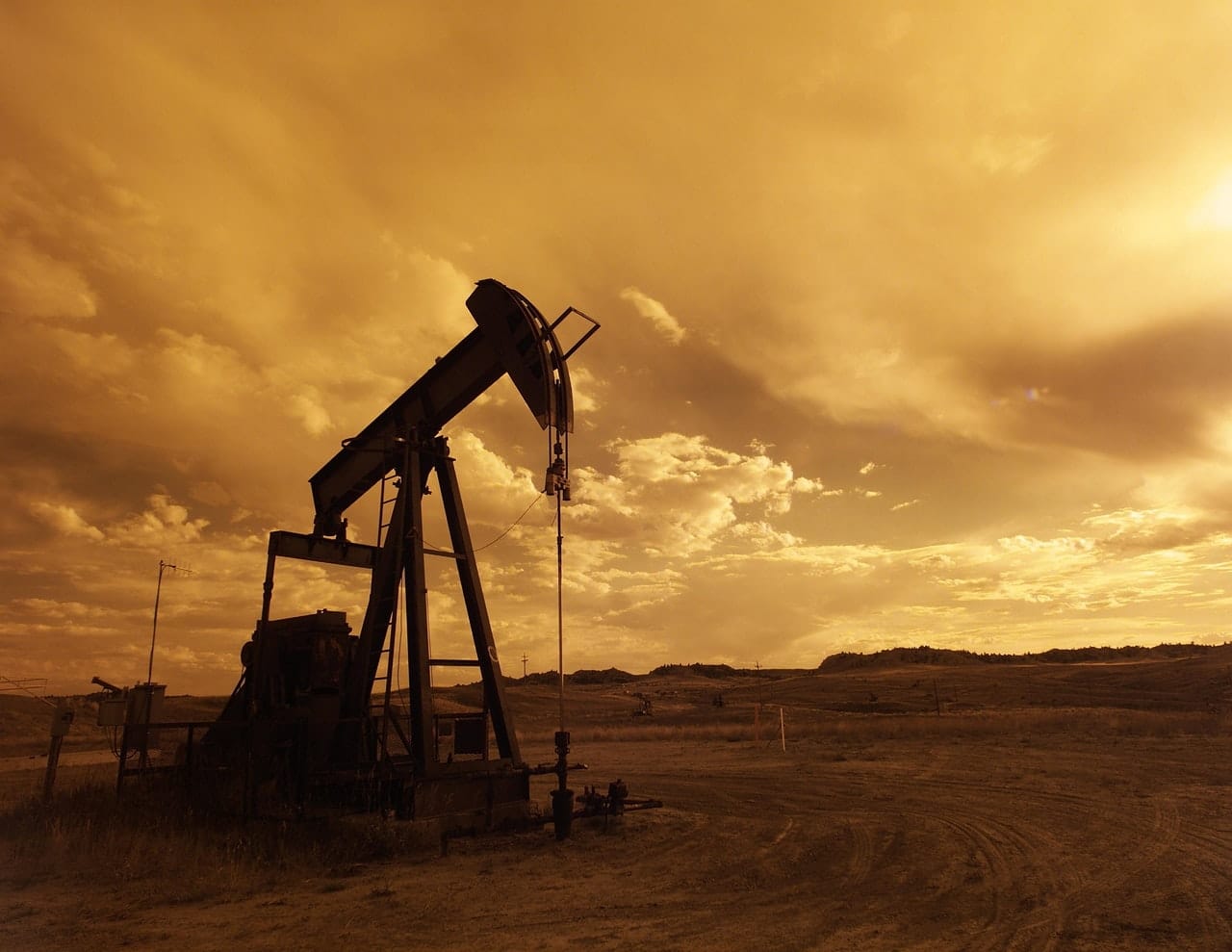
What Impact Do Wildfires Have On Our Environment?

Wildfires are unexpected disasters typically caused by lightning strikes, human-induced ignition and poorly contained prescribed burns.
Since 2000, nearly 70,072 wildfires have burned seven million acres of land in the United States yearly. As droughts and drier, hotter air becomes more prevalent with increasing climate change, so do wildfire events.
California’s 2020 wildfire season was record-breaking for the state. By the year’s end, 8,648 fires had erupted and burned over 4.3 million acres, making it the largest wildfire season in California’s history. Unfortunately, these events show no sign of slowing down.
The news often depicts harrowing pictures of the destruction left in a fire’s wake. Homes and businesses get destroyed and the climbing number of fatalities are reminders of how dangerous these incidents genuinely are.
Yet, the environmental impacts are just as troubling. With so many acres of land destroyed, wildfires carry dire consequences for entire ecosystems and wildlife habitats. However, they also impact the environment in other ways — including providing a few benefits.
Negative Impacts of Wildfires On the Environment
Wildfire management entails a series of disaster response strategies to predict fire activity, control the flames and aid in restoration and rehabilitation.
The U.S. Forest Service and state emergency fire responders utilize advanced fire-fighting technologies and training to protect human life, property and critical natural and cultural resources.
Combatting wildfires is a tricky business, though — and you can always count on some negative aftermath.
Air Quality
If you’ve ever been near a roaring fire, you’ve surely felt the choking effects of smoke. Wildfires emit harmful, gaseous pollutants, such as carbon monoxide, polycyclic aromatic hydrocarbons (PAHs), water vapor and particle pollution.
Particle pollution, in particular, is a blend of solid and liquid droplets dispersed in the air, posing the greatest threat to human health. Although people regularly breathe microscopic particulate matter, wildfires exacerbate their concentrations, making them visible to the naked eye.
Studies suggest fire smoke causes 339,000 deaths every year. Additionally, about 10.3 million Americans were exposed to unhealthy air quality due to wildfire events between 2008 and 2012.
High concentrations of particulate matter are dangerous for patients with cardiovascular disease. Particle pollution induces the body’s fight-or-flight response causing disrupted heart rhythms, blood vessel blockages and high blood pressure, which can lead to a heart attack.
Poor air quality is also concerning for patients with chronic lung conditions, such as asthma, COPD and lung cancer.
While climate change creates the right conditions for wildfires to spark, the carbon dioxide and monoxide emissions produced through burning increase global warming. For example, the 2020 California wildfires released over 91 million metric tons of carbon dioxide, 30 million metric tons above the state’s annual limits.
Water Quality
Wildfires significantly influence water quality by altering the physical, chemical and biological properties — and the ecological impacts can affect rivers, lakes and streams for years to come.
Stormwater runoff transports harmful pollutants, chemicals and rubble from paved surfaces into the environment. For example, fire-damaged homes carry a higher risk of dumping asbestos debris and lead paint into waterways.
Following vegetative burns, the soil becomes hydrophobic and unable to absorb water, initiating the same stormwater effect from roadways and parking lots.
In addition to debris, burned foliage releases large quantities of nitrogen and phosphorus, creating harmful algal blooms, while heavy metals from ash and soil may stream during flash floods.
Naturally, wildfires increase contamination risks for safe drinking water. In the U.S., 60 million people get over half of their drinking water supply from forests. However, the aftermath of wildfires increases erosion and downstream sediments in drinking water reservoirs.
During the 2017 wildfire in Brian Head, Utah, flames engulfed about 72,000 acres, threatening the Panguitch watershed, which retains the town’s five drinking water springs. This prompted engineers to begin devising an alternative water source in case of future wildfire events.
Financial Impact
The financial burden caused by wildfires is astronomical. From property damage to a cease in business operations, wildfires rack up millions of dollars in losses.
While damaged towns feel the most effects of economic fallout following a fire, the actual financial impacts aren’t fully understood. However, academic researchers estimated a total of $148.5 billion in losses during California’s 2018 wildfire season.
California is home to nine national parks, which generate $4.32 billion per year through sustainable tourism — an essential sector of the state’s revenue. Unfortunately, widespread wildfires significantly reduce attendance and earnings.
Forest restoration can be a decade-long process requiring the collaboration of state water agencies, the U.S. Forest Service, nonprofit organizations, county governments and academic institutions.
The average cost to restore a burned forest typically runs between $700 and $4,000 per acre, depending on the necessary treatments. Rehabilitation may include replanting, reseeding, creating erosion barriers and removing invasive species. Wildfire cleanup itself is dangerous and costly, with a need for a wide range of equipment & machinery to remove burnt trees and clear out other dangerous debris.
Of course, with wildfires contributing to global warming, it’s essential to consider the financial risks of future climate-induced impacts. International economists estimate a $23 trillion global economic loss by 2050 due to climate change.
Ecological Benefits of Wildfires
With the immense environmental destruction left in its path, it may be hard to believe fires have any ecological benefits. Nevertheless, prescribed burns allow ecosystems to renew themselves in the following ways:
- Many plants — for example, pine tree varieties — need prescribed burns to release seeds, prevent encroachment and ultimately survive.
- Fires remove the decayed organic matter on the forest floor to promote new plant growth.
- Some studies suggest fires improve soil fertility due to nutrients released from burned foliage.
- Fires kill insects and diseases which could negatively affect forest health.
People are often concerned about wildlife safety during a fire event. While wildfires do impact many species and destroy their natural habitat, most animals protect themselves by fleeing or burrowing in the ground.
On the other hand, wildfires can eradicate invasive plant and animal species from fragile ecosystems, allowing the environment to recover faster and stronger.
You Can Help Prevent Wildfires
Human activity is the primary reason wildfires spark in the first place. You can do your part in preventing wildfires by never leaving a campfire unattended, properly discarding cigarettes and flammable liquids, adhering to local regulations and ensuring you have the necessary equipment — shovel, water and fire extinguisher — nearby at all times.



Post a comment